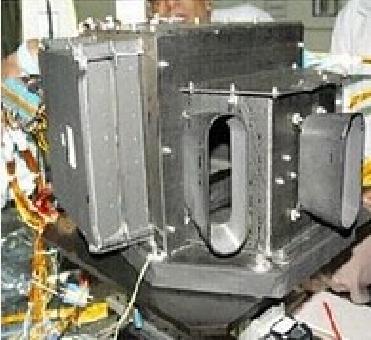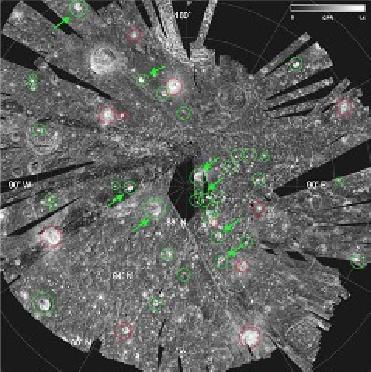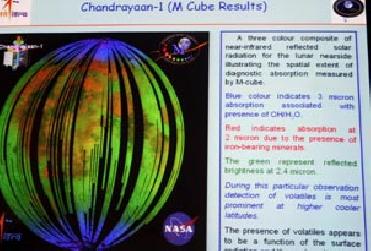
Chandrayaan launch gets a thumbs-up from ISRO chief
SRIHARIKOTA (BNS): India's first unmanned mission spacecraft Chandrayaan-1 to the Moon took off at its appointed time. It was a picture-perfect launch in the early hours of Wednesday. The PSLV C-11 lifted off from Satish Dhawan Space Centre in Sriharikota at 6:22 am, carrying the historic payload along on a two-year exploration mission. Although the launch was not clearly visible due to cloud cover, all parameters were normal from the word go.
"Lift off normal," the mission control said as the scientists and guests broke into loud clapping and cheers. Indian Space Research Organisation (ISRO) Chairman G Madhavan Nair described the launch as "perfect" which was achieved after "fighting against all odds".
"It is a historic moment as far as India is concerned. We have started our journey for the moon and the first leg of the journey has gone perfectly well," Nair said seconds after the successful completion of the launch. He said that it was a remarkable performance by the launch vehicle.
"We have been fighting against all odds," the noted scientist said explaining that heavy rains and cloudy skies over the last four days had led to a lot of worries about the launch. "Fortunately, we had clear skies on Wednesday and we would be completing the remaining part of the journey within 15 days," Nair said.
Sources at ISRO said that at this moment, the PSLV had successfully injected the Chandrayaan-1 into an elliptical orbit around Earth. From here, the probe will shift to a 'transfer orbit' and will eventually be captured by the Moon's gravity field via a final thrust towards our celestial neighbour. "Although the mission is far from complete, the textbook launch has boosted confidence and everyone is looking forward to a successful completion," they said.
After circling the Earth in its highly elliptical Transfer Orbit for a while, Chandrayaan-1 would be taken into more elliptical orbits by repeated firing of the spacecraft's Liquid Apogee Motor (LAM) at opportune moments, scientists at ISRO said.
"Subsequently, the LAM would be again fired to take the spacecraft to the vicinity of the Moon by following a Lunar Transfer Trajectory (LTT) path, whose apogee lies at 3,87,000 km," they said.
The scientists said that when Chandrayaan-1 reaches the vicinity of the moon, its LAM would be fired again so as to slow down the spacecraft sufficiently to enable the gravity of the moon to capture it into an elliptical orbit. The next step would be to reduce the height of the spacecraft orbit around the Moon in various steps.
After some more procedures, Chandrayaan-1's orbit would be finally lowered to its intended 100 km height from the lunar surface, which was expected to take place around November 8.
Later, the Moon Impact Probe would be ejected from Chandrayaan-1 in a chosen area following which the cameras and other payloads would be turned on and thoroughly tested, marking the operational phase of the mission.
 Previous Article
Previous Article Next Article
Next Article














The Indian Air Force, in its flight trials evaluation report submitted before the Defence Ministry l..
view articleAn insight into the Medium Multi-Role Combat Aircraft competition...
view articleSky enthusiasts can now spot the International Space Station (ISS) commanded by Indian-American astr..
view article